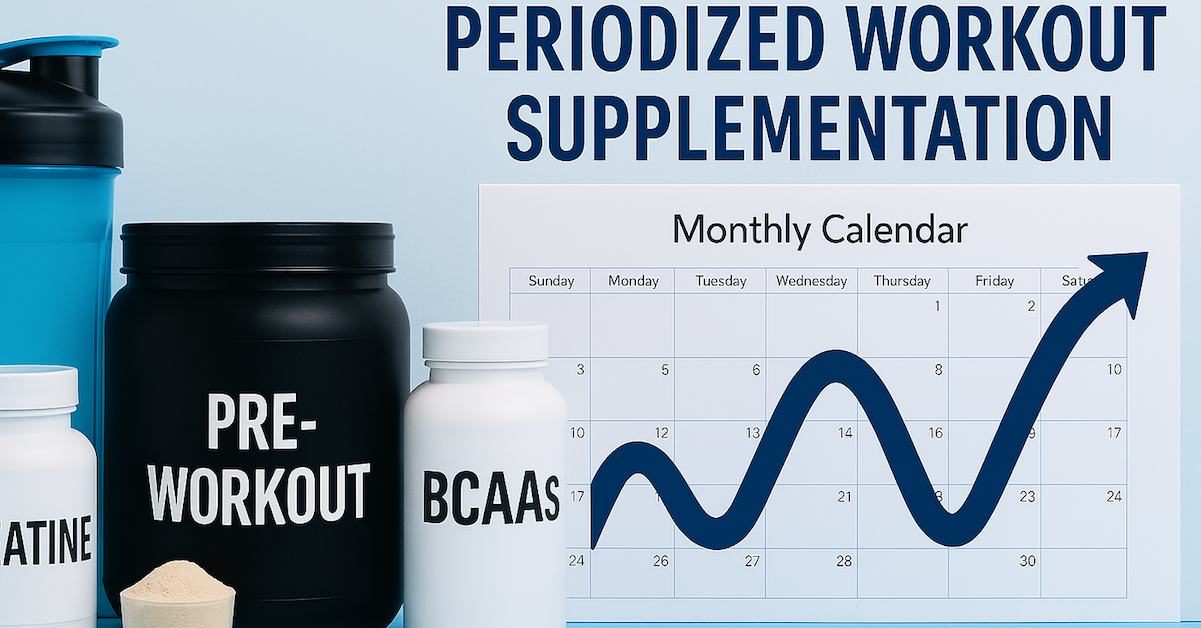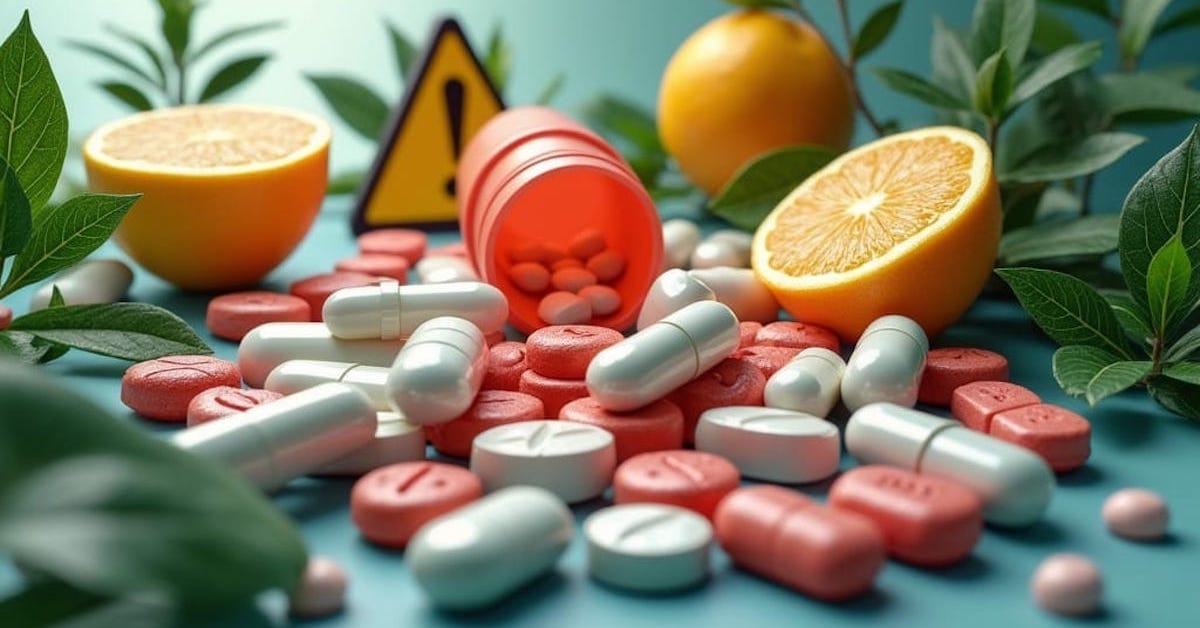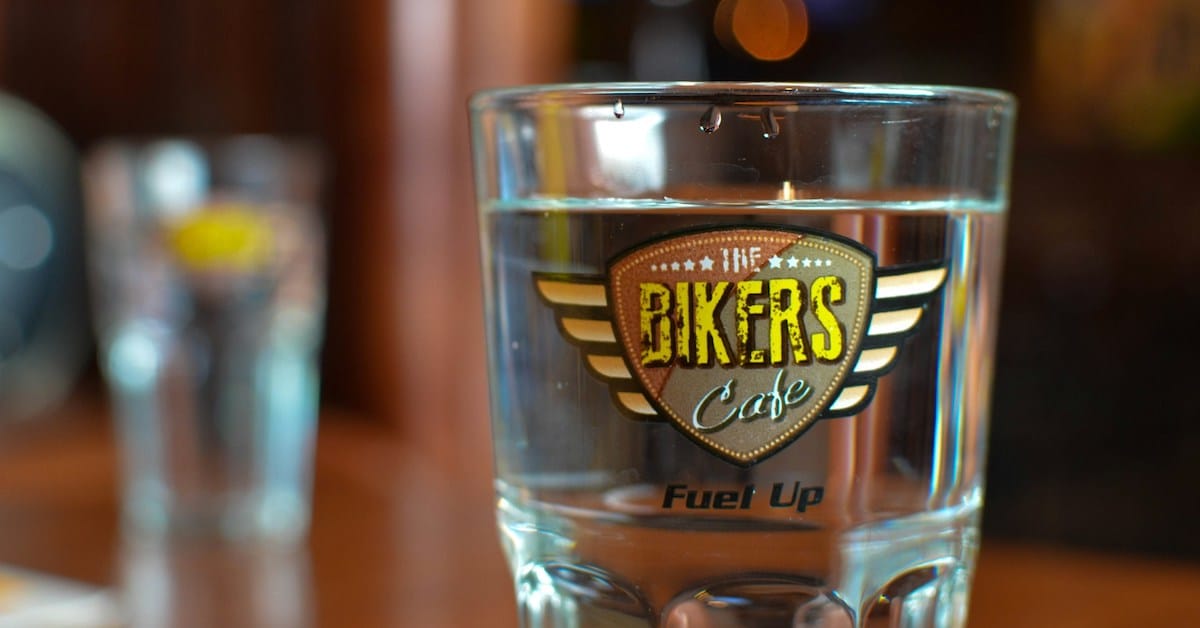Over the years, I’ve explored various injury prevention and treatment strategies for aging athletes. What I discovered was quite interesting—mainly that a high degree of the aging process is controlled by the brain. As mental function starts to decline, your body starts to fall apart. Boost the brain, and you’ll boost the body!
One of the primary reasons that injury rates increase with age is declining hormone levels, particularly the anabolic hormones testosterone and growth hormone (GH). When you’re young, you’re more likely to experience muscle-related injuries. As you get older, injuries tend to shift toward the joints and connective tissues. Instead of a muscle pull, you’re more likely to suffer a tendon tear.
The main component of connective tissue is collagen—the most abundant protein in mammals, making up around 30% of the protein in the human body. Collagen plays a major role in keeping you injury-free. What many people don’t realize is that when you train, you’re not just breaking down muscle tissue; you’re also stressing connective tissues like bones, ligaments, tendons, and even skin. While your muscles may be ready to go by your next workout, if your connective tissue hasn’t fully recovered, you’re an injury waiting to happen.
Why Aging Increases Your Risk of Injury
Here’s the issue: Connective tissue takes significantly longer to recover than muscle. Some experts claim it can take up to seven times longer, and it only gets worse as you age. Collagen production drops significantly beyond your twenties—that’s the scaffolding that holds your connective tissue together. Less collagen means less support for your tissue, and that’s never a good thing if you lift heavy weights on a regular basis.
Guess what else declines beyond your twenties? GH levels. As I mentioned earlier, GH stimulates collagen synthesis in human tendons and skeletal muscles. In fact, research suggests that GH plays a greater role in strengthening connective tissue than in promoting muscle hypertrophy (growth) (source). So, a good injury-prevention strategy would be to maintain youthful GH levels as you age.
The GH Problem: More Than Just Aging
Now, here’s something interesting that bodybuilding expert Jerry Brainum has pointed out: Contrary to popular belief, GH production doesn’t decrease that much as you get older, but GH levels certainly do. The reason? An increase in somatostatin—a hormone that inhibits GH release.
Think of it this way: GH is like a kid excited for recess, eager to run around and play. Somatostatin is the strict schoolteacher lurking in the hallways, ready to snatch the kid up and lock them in a classroom. As you age, more and more of these “teachers” show up, making it nearly impossible for GH to escape and do its job.
So, I asked myself: Is there a way to block these “teachers” so GH can play freely? Turns out, there is.
The Brain-Boosting Ingredients That Support GH & Testosterone
Huperzine A
Huperzine A is a natural compound derived from the Chinese club moss plant. It’s known as a cognitive enhancer that inhibits an enzyme that breaks down acetylcholine—a key neurotransmitter for learning and memory.
Why is this important? Acetylcholine inhibits somatostatin, which in turn frees up GH production.
Alpha-GPC
Adding a natural choline compound enhances this effect. L-Alpha Glycerylphosphorylcholine (Alpha-GPC) is a choline donor that crosses the blood-brain barrier quickly and serves as a precursor to acetylcholine. Studies show that it increases GH levels while also improving focus, memory, and mental clarity.
Since Huperzine A and Alpha-GPC both elevate acetylcholine in the brain, not only can they help boost GH levels, but they also enhance cognition, concentration, and overall brain function. That’s why I included them in Brain & Brawn Formula.
The first thing my wife said after trying this supplement was:
“Boy, does that ever clear the cobwebs!”
That’s exactly what I was aiming for—not only to sharpen thinking, mood, and drive but also to clear the cobwebs that may hinder GH levels as you age.
Remember, the signal to produce GH starts in the brain, not the body. You can go the “no-brainer” route with GH injections (shutting down your body’s natural production and risking side effects), or you can go the smarter, natural route by optimizing your brain chemistry. Your choice.
What About Testosterone?
Testosterone is another beast altogether. Most natural testosterone boosters on the market are weak. They may increase a few battleships in the water, but they’re not enough to win a war on land.
However, there is a natural compound that doesn’t necessarily boost total testosterone, but rather, enhances its effectiveness.
Acetyl-L-Carnitine
Carnitine has been shown to increase androgen receptor content in muscle tissue. More androgen receptors mean more testosterone uptake—allowing your body to make better use of the testosterone you already have.
Acetyl-L-Carnitine, in particular, is special because it can cross the blood-brain barrier, improving mental focus, energy, circulation, and even offering neuroprotective benefits. It’s both a brain booster and a brawn booster!
Mucuna Pruriens
Mucuna Pruriens is an Ayurvedic herb that enhances both brain function and testosterone production. It increases dopamine, a neurotransmitter involved in mood, alertness, and libido. Dopamine also stimulates testosterone synthesis and GH secretion while reducing prolactin and cortisol—two hormones that suppress testosterone.
Maximizing Absorption for Maximum Effect
To enhance delivery of these brain-boosting compounds, Vinpocetine has been added to Brain & Brawn Formula. Vinpocetine, extracted from periwinkle seeds, improves blood flow to the brain, ensuring rapid absorption. Without Vinpocetine, Brain & Brawn Formula would be like a canoe stuck in the middle of a lake—with it, you’re riding a raging river straight to your brain!
Brain & Brawn Formula: Smarter Supplementation for Performance
Brain & Brawn Formula (click here to learn more) comes in a 30-serving bottle, and each serving contains:
✅ 500mg Acetyl-L-Carnitine
✅ 500mg Alpha-GPC (70% Glycerophosphorylcholine)
✅ 175mg Mucuna Pruriens Seed Extract (15%)
✅ 5mg Vinpocetine
✅ 100mcg Huperzine-A (Huperzia Serrata)
How to Use It: Take 2 capsules first thing in the morning and/or 30 minutes before training for peak mental and physical performance.
If you’re looking for an edge in both brain function and body performance, Brain & Brawn Formula delivers.
Try it today and experience the difference!

How to Periodize Workout Supplements for Better Gains and Recovery
Research shows that undulatory, or wave-like, periodization is highly effective. Alternating between periods of higher intensity (intensive phases) and periods

Why the FDA’s Red Dye Ban Should Make You Rethink Your Vitamins
The U.S. Food and Drug Administration (FDA) recently announced a ban on red dye No. 3 in food and oral

Hydration Essentials for High-Protein, Low-Carb Diets: Fuel Your Body Right
When you’re exercising regularly on a high-protein, low-carb diet, hydration becomes even more crucial. Lower-carb diets mean you’re missing out
follow
Error: No feed with the ID 2 found.
Please go to the Instagram Feed settings page to create a feed.
